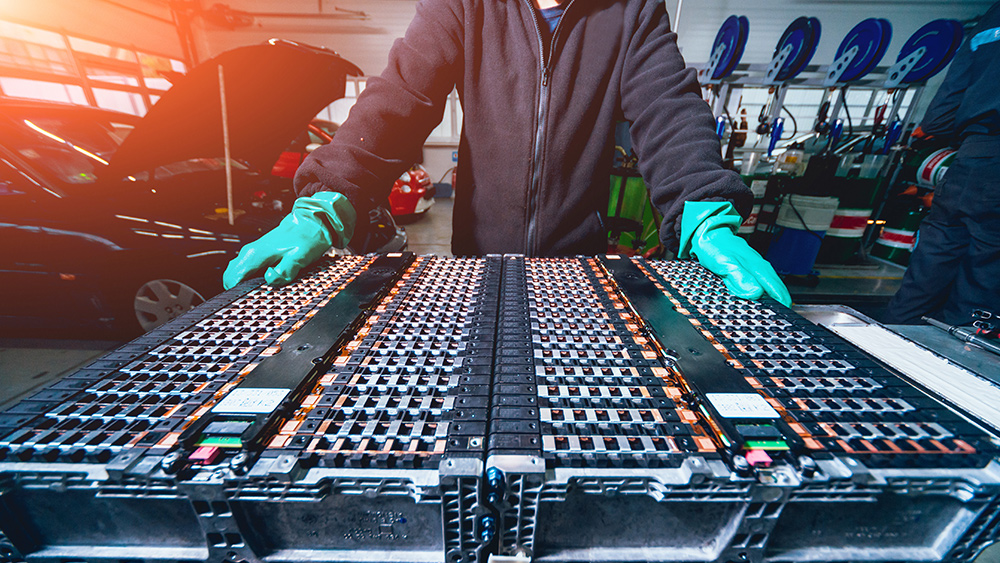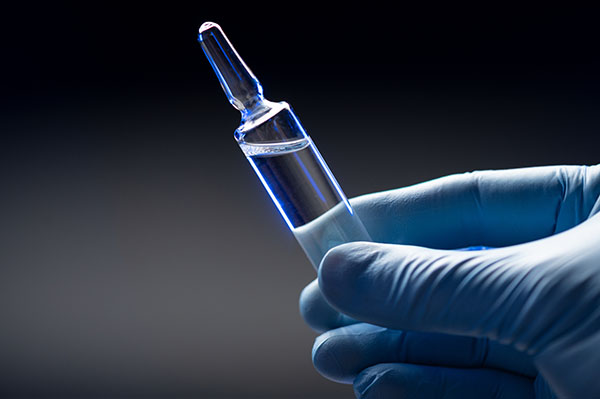 Parler
Parler Gab
Gab
- Sodium-ion batteries, led by innovations from companies like CATL, offer exceptional longevity—up to 10,000 charge cycles—and superior performance in extreme temperatures.
- The chemistry presents a dramatic safety improvement over lithium-ion, with inherent stability that eliminates the risk of catastrophic fires, a critical flaw in current grid storage and electric vehicle systems.
- With sodium being one of the most abundant elements on Earth, this technology bypasses the geopolitical and environmental crises associated with scarce lithium mining, creating a more sustainable and resilient supply chain.
- Real-world testing and imminent mass production, including CATL's partnership with Li Auto, signal that sodium-ion is transitioning from a laboratory promise to a commercial reality.
- These innovations out of China could put tremendous strain of automakers around the world, many unable to keep up with EV battery innovations.
Conquering the cold and lasting a lifetime
Early sodium-ion prototypes didn't always perform up to par; however, this narrative is now rapidly changing. CATL, the world's largest battery manufacturer, has unveiled its next-generation sodium-ion battery, dubbed Naxtra, which boasts a pure electric range exceeding 500 kilometers (310 miles). Its energy density of 175 Wh/kg is now nipping at the heels of commercial lithium iron phosphate (LFP) batteries, closing the gap that once seemed unbridgeable. But the true superpower of sodium-ion technology may lie in its resilience. The chemistry is remarkably resistant to the ravages of cold, a notorious enemy of lithium-ion performance. Where a lithium battery in a freezing climate can see its charging speed slow to a crawl and its available power plummet, the Naxtra battery retains 90 percent of its usable power even at a brutal -40 C and can achieve an 80 percent charge in just 15 minutes at room temperature. This toughness translates into an almost unimaginable longevity. CATL projects a lifespan of 10,000 charging and discharging cycles for its Naxtra battery, which translates into a theoretical road life of 3.6 million miles. This endurance makes the technology particularly compelling for two major applications: grid energy storage and entry-level electric vehicles. For grid storage, where the daily charge-discharge cycle is the norm, a battery that can last for decades without significant degradation is a game-changer for the economics of renewable energy. The long-term value begins to eclipse the one-time purchase price. The history of battery development has often been a frantic race to pack more energy into a smaller space, but sodium-ion technology reminds us that for many of our future energy needs, the race will be won by the sturdiest, not just the strongest.A chemistry of abundance and calm
The allure of sodium begins with its sheer ubiquity. Lithium is a geographically concentrated resource, sometimes unflatteringly called 'white gold." Its extraction fuels water-intensive mining and geopolitical friction. Sodium, by contrast, is the sixth most abundant element on Earth, harvested from seawater and salt deposits. This fundamental difference in availability is not just an economic equation; it is a philosophical shift away from a resource scarcity model. The production process for sodium-ion cells sidesteps the need for cobalt and copper, further distancing the technology from the polluting and often controversial mining practices that have stained the reputation of the clean energy movement. For nations and companies seeking energy independence, sodium offers a path untethered from unstable lithium markets. The safety profile of this chemistry feels almost revolutionary in a world accustomed to news reports of smoking smartphones and burning electric vehicles. Lithium-ion batteries contain a highly volatile organic electrolyte that can create a phenomenon known as thermal runaway, a frightening chain reaction that is difficult to stop. Sodium-ion batteries, particularly those using a polyanion cathode as seen in designs from companies like Highstar, are inherently more stable. They utilize an electrolyte that is far less prone to combustion. This intrinsic safety is dramatically demonstrated in nail penetration tests, a brutal but standard industry torture where a metal nail is driven through a live battery cell. Where a lithium-ion cell might explode or erupt in flames, these sodium-ion batteries simply sit, unharmed and cool to the touch. The journey of sodium-ion technology is a story of patient rediscovery. Its roots stretch back to the 1960s with high-temperature sodium-sulfur batteries, but these were cumbersome systems that operated at temperatures hot enough to melt lead. The late 20th century belonged to lithium-ion, which, with its superior energy density, perfectly powered the portable electronics revolution. Yet, as the world's ambitions shifted from powering laptops to electrifying transportation and backing up the power grid, the limitations of lithium became impossible to ignore. The 21st century has thus witnessed a deliberate and well-funded return to sodium, this time focused on perfecting the chemistry at room temperature. The commitment from major industry players signals a profound shift. CATL plans to begin mass production of its second-generation sodium-ion batteries in 2026, and its strategic partnership with Chinese automaker Li Auto ensures these batteries will find a home in upcoming vehicle models. Sources include: SodiumBatteryHub.com SodiumBatteryHub.com Enoch, Brighteon.aiThe hidden science of sighs: How a deep breath resets your lungs
By Ava Grace // Share
New landmark study debunks “protective” effects of moderate drinking on the brain
By Patrick Lewis // Share
MIT scientists discover how a simple dietary change can repair a damaged intestine
By Cassie B. // Share
How an EMP attack could cripple your daily life and how to stop it
By Jacob Thomas // Share
A scientific reckoning: Major study questions the efficacy of common pneumonia vaccines
By Willow Tohi // Share
Governments continue to obscure COVID-19 vaccine data amid rising concerns over excess deaths
By patricklewis // Share
Tech giant Microsoft backs EXTINCTION with its support of carbon capture programs
By ramontomeydw // Share
Germany to resume arms exports to Israel despite repeated ceasefire violations
By isabelle // Share










